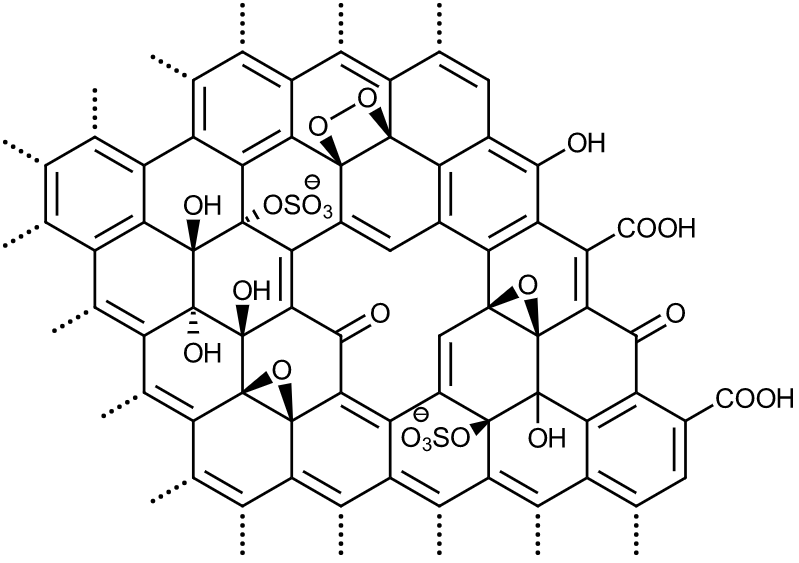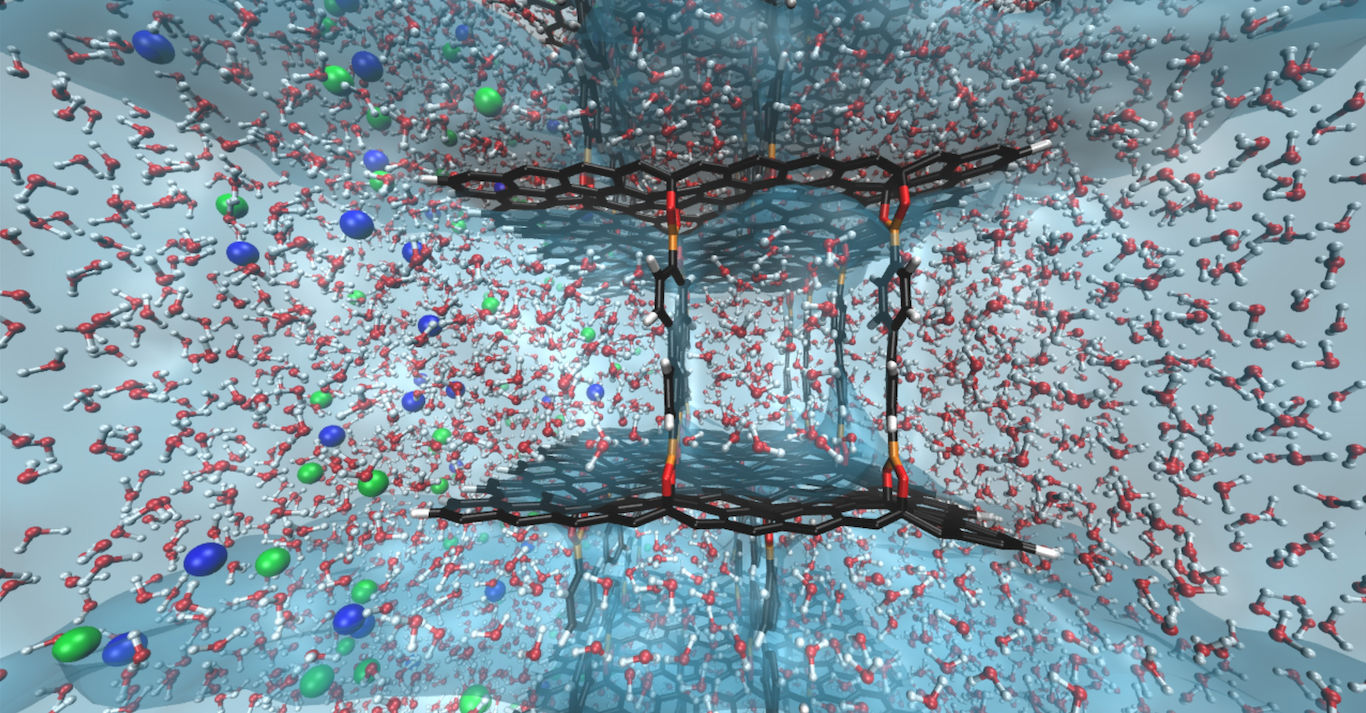Graphene Oxide: Properties and Applications
Graphene oxide (GO) is a monolayer sheet acquired from graphite oxide through a mechanical or thermal exfoliation process. It is laced with oxygen-containing groups such as carbonyl, epoxide, hydroxyl, and carboxyl. GO’s excellent chemical and physical properties have found applications in optics, electronics and biotechnology, among others [1].
GO is commonly synthesised by a chemical process, called Hummers’ method, through the oxidation of graphite. It has a lot of promising applications in nanoscience and nanotechnology, biosensing, energy generation, as well as in biomedicine as a drug delivery system [2].
Here, you will learn about:
- The difference between graphene and graphene oxide
- Different properties of graphene oxide
- Applications where graphene oxide is used

Graphene and graphene oxide
Graphene is a monolayer of graphite made of carbon atoms bonded in a honeycomb hexagonal lattice. This thin and transparent material is considered as one of the lightest, strongest and most conductive materials in the world, making it an ideal material for a variety of applications such as solar cells, electronics, and capacitors [3].
Graphene oxide, on the other hand, is a single-atomic layered material that is easily dispersible in solvents. It could be potentially used as an intermediate for the mass-production of graphene through reduction processes (i.e removal of oxygen-containing groups) [3].
Properties of graphene oxide
Thermal and electronic properties
Graphene oxide is usually unstable, decomposing when heated due to the release of the absorbed water. However, thermal stability gradually increases when oxygen-containing groups are removed [1].
Electronic properties of graphene oxide may also be tuned through control of the deposition and reduction parameters. GO films may be made semi-metallic, insulating or semiconducting, all while maintaining optical transparency [1].
Optical properties
Graphene oxide is usually transparent with high optical transmittance in the visible spectrum region. However, this optical transmittance can be tuned through film thickness variation and the extent of reduction. For example, a graphene oxide film has a wavelength of 550 nm and an optical transmittance value of 96% when produced from 0.5 mg/ml suspensions. Further reduction of wavelength to less than 30 nm will result in a semitransparent material while an atomically thin graphene oxide can be highly transparent [1].
Mechanical properties
Shown in the table below are the mechanical properties of graphene oxide papers that are tuned either by doping or compositing. Graphene oxide papers are micrometre-thick films acquired through filtration or slow evaporation of graphene oxide solution [1].
Mechanical properties of unmodified and modified graphene oxide (GO) papers [1]
|
Materials |
Maximum Young’s Modulus, EE (GPa)* |
Fracture Strain, ε (%) |
Intrinsic Strength, σ (MPa) |
|
Unmodified paper |
25.6 ± 1.1 |
0.40 ± 0.03 |
81.9 ± 5.3 |
|
Rinsed Ca-modified paper |
28.1 ± 1.2 |
0.50 ± 0.06 |
125.8 ± 13.6 |
|
As-prepared Ca-modified paper |
21.5 ± 1.5 |
0.41 ± 0.15 |
75.4 ± 21.6 |
|
Rinsed Mg-modified paper |
27.9 ± 1.8 |
0.33 ± 0.08 |
80.6 ± 16.5 |
|
Polyallylamine (PAA)-modified paper |
33.3 ± 2.7 |
0.32 ± 0.08 |
91.9 ± 22.4 |
|
As-prepared Mg-modified paper |
24.6 ± 1.4 |
0.40 ± 0.04 |
87.9 ± 14.2 |
*EE is the maximum Young’s modulus in the linear region (σ=10 MPa)
Applications of graphene oxide
Graphene oxide can be used in various applications, including the following [1,3,4]:
- Electronics - examples include transparent conductors, field-effect devices, flexible electronic materials, and electrical sensors.
- Water purification - graphene oxide membranes have high water permeability and stability making them a promising material for water treatment application.
- Optics - tunable optical properties of GOs have led to promising applications in the field of fluorescence quenching, surface-enhanced Raman scattering, optical sensing/detecting and nonlinear optical materials.
- Optoelectronics - such as photovoltaic devices and light-emitting devices.
- Electrode material - GOs have a high surface area that makes them suitable for use as electrode material for capacitors, solar cells and batteries.
- Enhancer - graphene oxide can be easily combined with other composite materials to improve their properties such as conductivity, elasticity, and tensile strength.
- Bioapplications - such as electrochemical biosensors and optical biosensors, where GOs are used to detect DNA, enzymes and other biomolecules with high selectivity and sensitivity. Graphene oxide may also be used in disease detection through its fluorescent property.
- Air pollutant removal, biofunctionalisation and supercapacitors among others.

Courtesy of Oak Ridge National Laboratory and Rensselaer Polytechnic Institute. Image by: Adrien Nicolaï/RPI.
Sources
[1] J. Zhao, L. Liu, F. Li, Graphene Oxide: Physics and Applications, Springer, 2015.
[2] B. Paulchamy, G. Arthl, B.D. Lignesh, “A Simple Approach to Stepwise Synthesis of Graphene Oxide Nanomaterial”, J Nanomed Nanotechnol, 6, 1, 2015.
[3] “Graphene Oxide: Introduction and Market News”, 2019 [Online] Available at: https://www.graphene-info.com/graphene-oxide [Accessed on 04.12.2019]
[4] A.T. Smith, A.M. LaChance, S. Zeng, B. Liu, L. Sun, “Synthesis, properties, and applications of graphene oxide/reduced graphene oxide and their nanocomposite”, Nano Materials Science, 1, 1, pp. 31-47, 2019.